Communication protocol: Masterbus 300.
Masterbus 300 has a maximum of 16 nodes.
Fault types: open circuit, short circuit, and ground fault.
Fault location: It can locate specific equipment.
Hot swappable: supported.
Size: 45.3cm x 12.8cm x 4.8cm.
Weight: 1.18kg.
Country of Origin: Switzerland.
Description
Function and purpose: As an input/output module, it is mainly used to receive input signals, and after internal calculation and processing, output corresponding control signals according to preset control logic to achieve precise control of the controlled object. Can be connected to sensors and other devices to obtain real-time data and perform control actions. There are also opinions that it is a fault location indicator (FLI) board used to identify and locate faults in the Masterbus 300 communication network, detect open circuit, short circuit, and ground faults, and determine the specific equipment that caused the fault.
Performance characteristics: It has a wide working temperature range, with a minimum of -40 ℃ and a maximum of 80 ℃. The protection level is IP65, which can effectively prevent dust and water, and adapt to harsh industrial environments. Support hot swapping, easy to maintain and replace without shutting down the system. It also has input-output driving function, which can handle multiple logical values and different ranges of numerical input and output, and can cope with complex control logic.
Technical parameters: The communication protocol is Masterbus 300, which can support up to 16 Masterbus 300 nodes. The size is approximately 45.3cm x 12.8cm x 4.8cm, and the weight is about 1.18kg. It is originally from Switzerland.
Application areas: Widely used in process control, manufacturing, infrastructure, power generation and transmission, etc., it can help enterprises achieve precise automation control, improve production efficiency, and reduce operating costs.

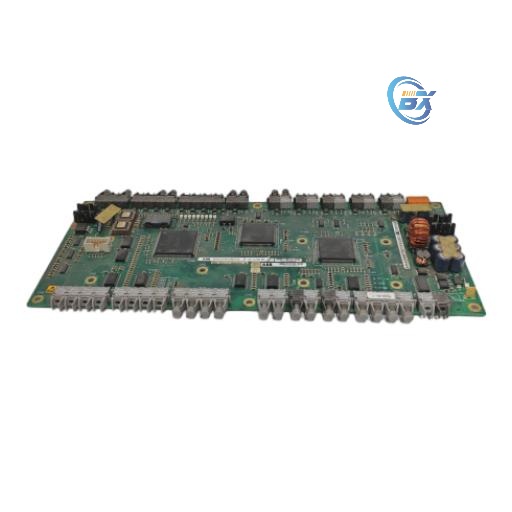
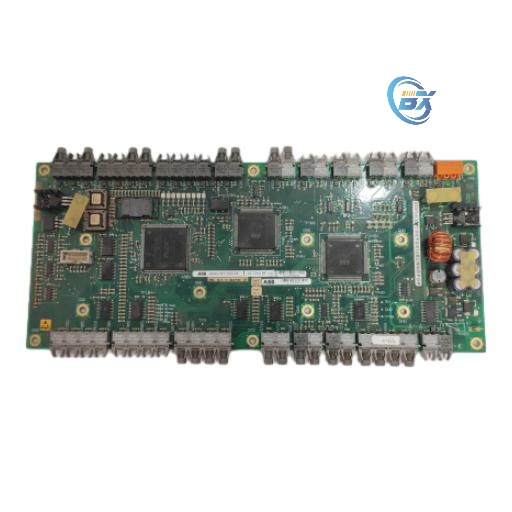
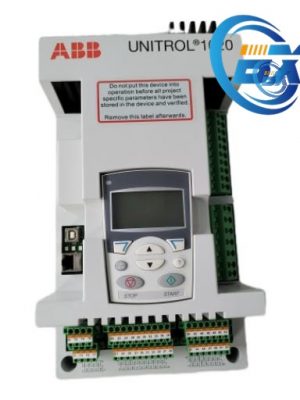
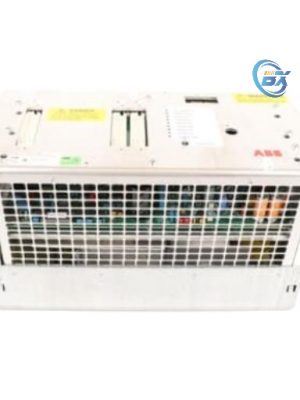
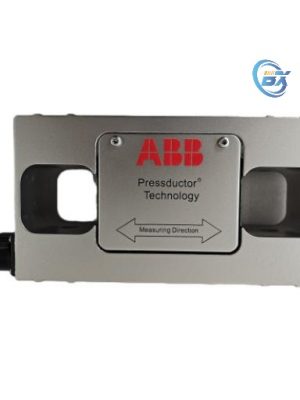
Reviews
There are no reviews yet.